Today, I went to see director Joe Berlinger’s new documentary Crude, about the toxic mess left behind when Texaco withdrew from the Ecuadorian Amazon in the 1990s. I listened to a man talk about how his little boy died 24 hours after a Texaco oil spill tainted the water supply. I watched mothers crying about their 17- and 18-year-old children with cancer.
People ask me, if one person or family tries to use fewer planetary resources–in this case, oil–what difference does that really make? Well, whether it saves the planet or not, who can say for sure? But doesn’t it make you feel better to use less of something when you know that the result of producing that something causes the kind of suffering shown in the photos (courtesy of Chevron-Toxico.com) below?
For Amazon Watch’s list of everyday actions you can take, click here. To donate to Amazon Watch, which is fighting to help recover the costs of a clean up–estimated to be in the billions of dollars–from Chevron (who took over Texaco), click here.
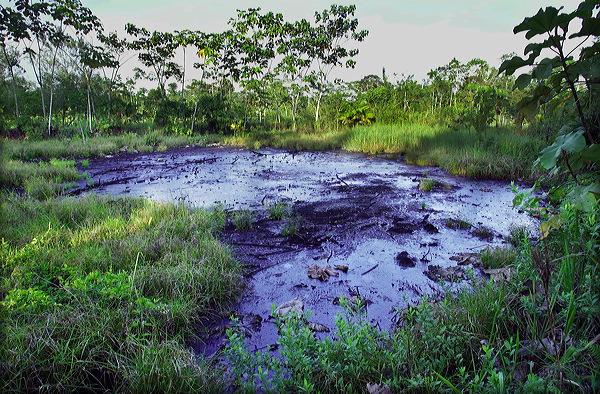
Rainwater runs off unlined waste pits of crude oil like this one, left behind in the Ecuadorian Amazon by Texaco, into the water supplies. The health effects are catastrophic.
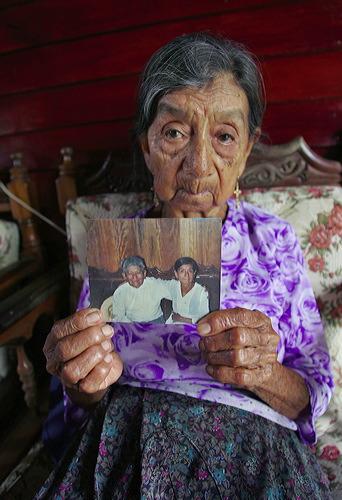
Maria Machay holds a photo of her husband who died when a small sore that “grew and grew” turned out to be cancer.
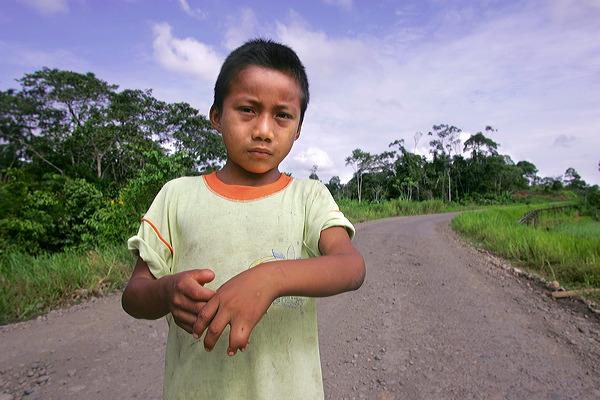
Jairo Yumbo was born with a deformed hand.
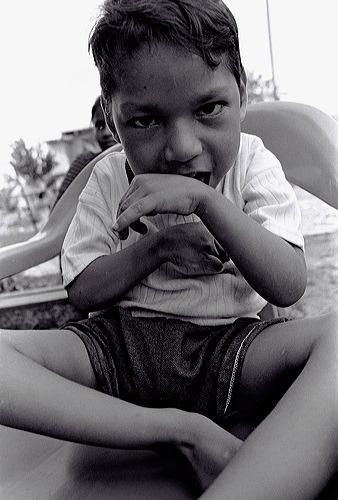
Rosero Mendez was also born with a deformed hand.
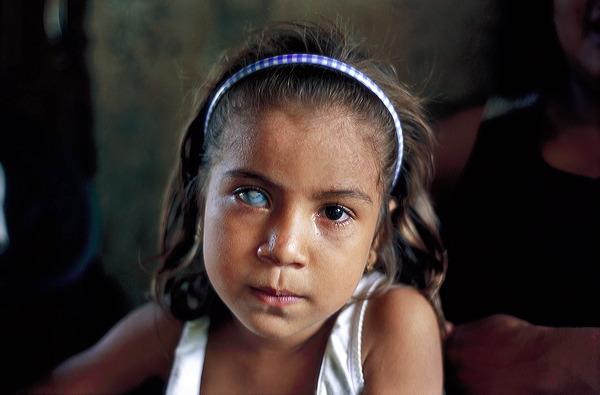
Pamela Ramirez was born with an eye defect.